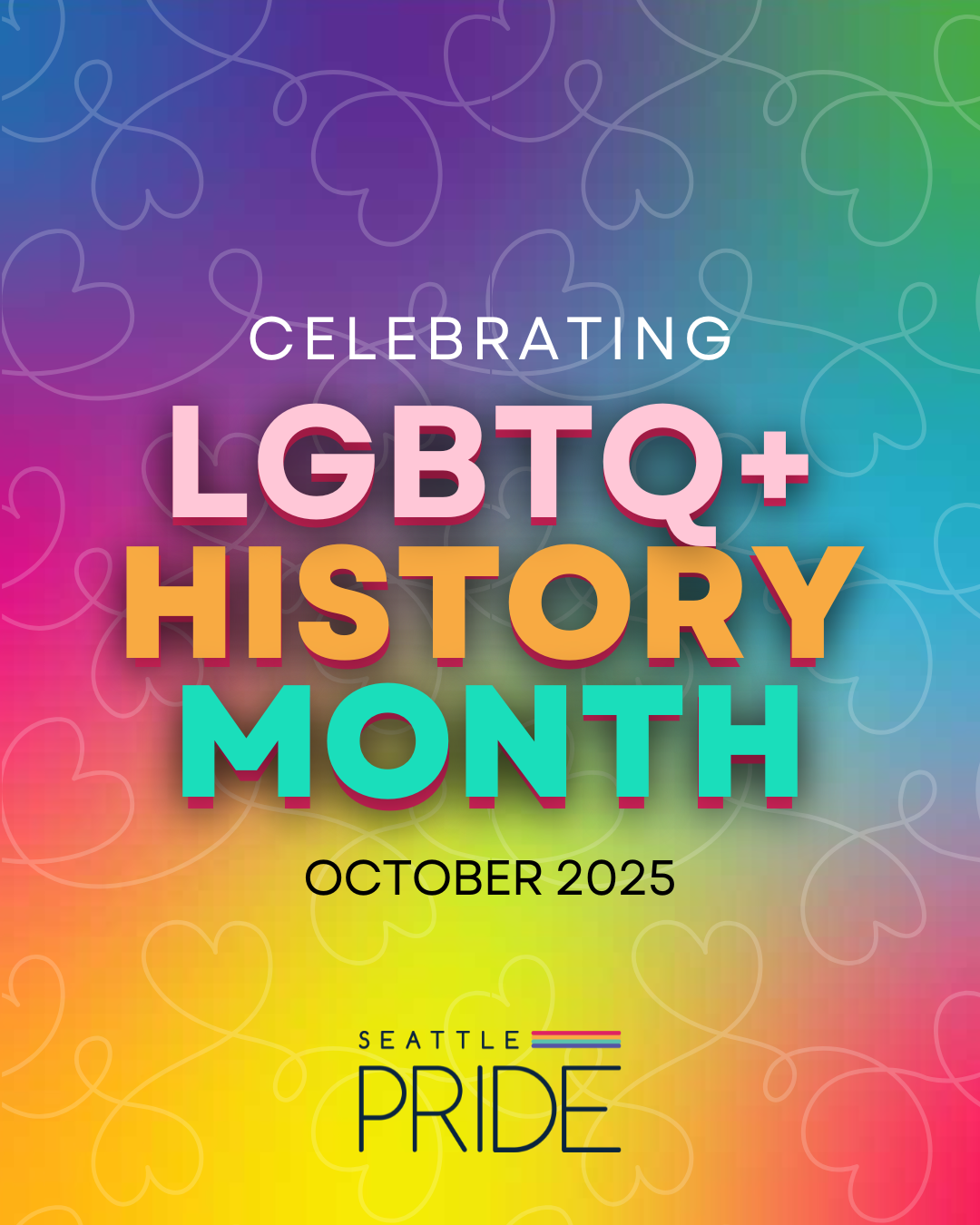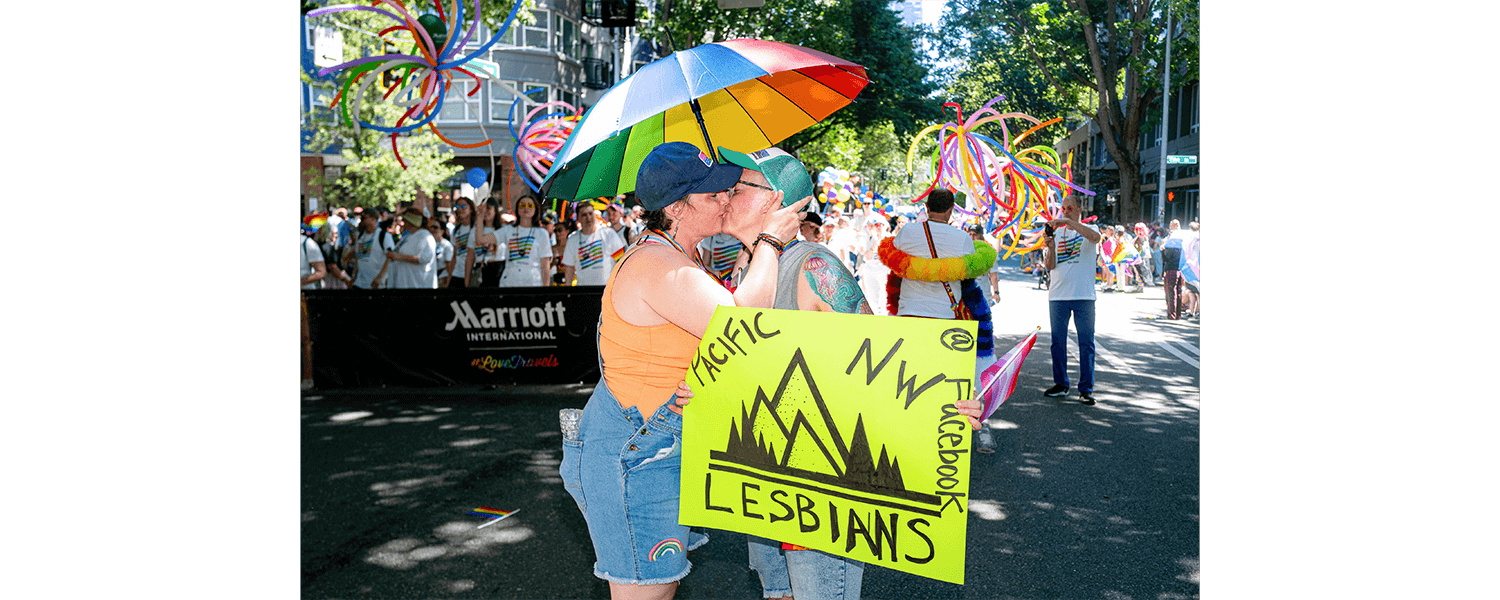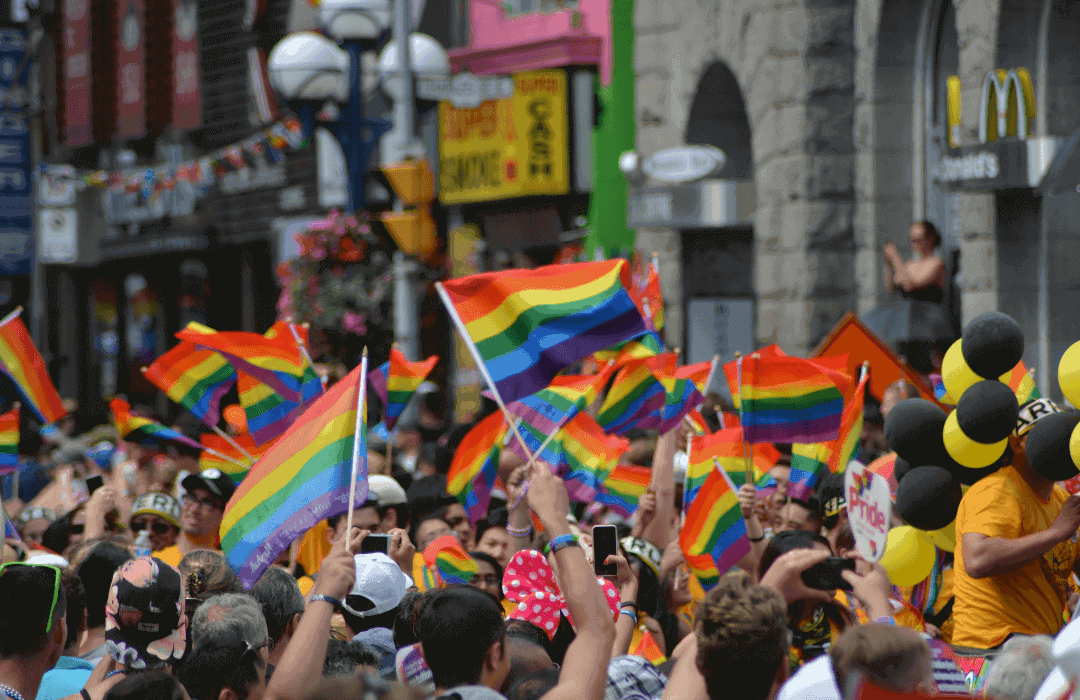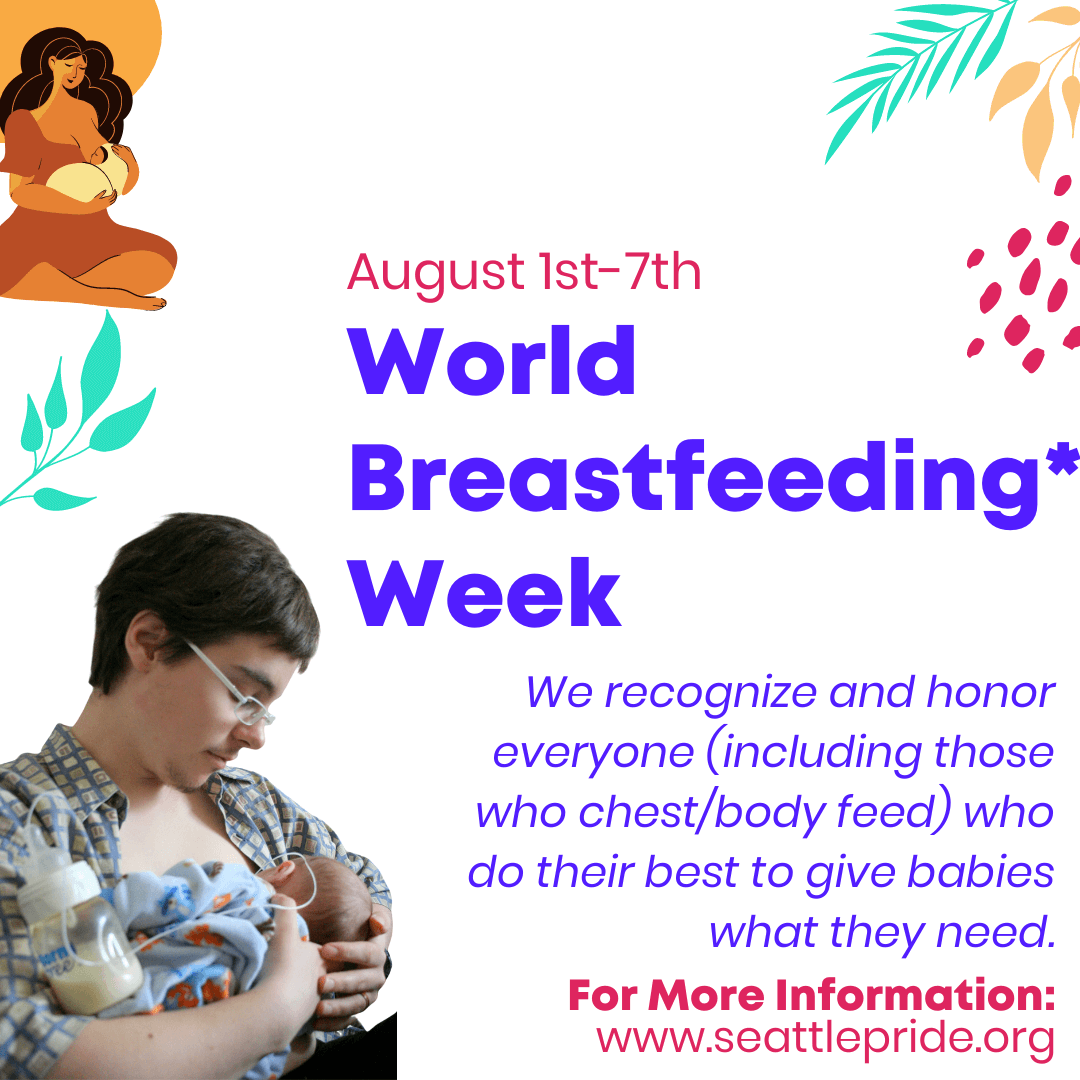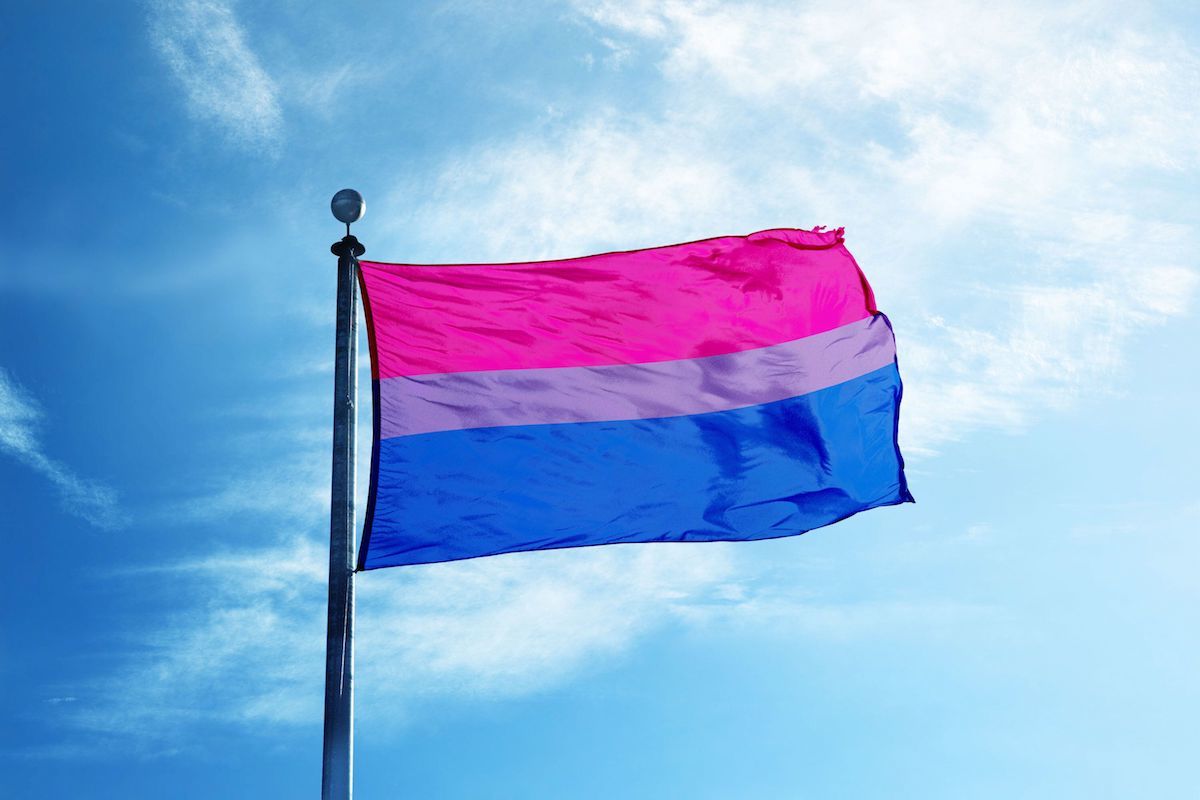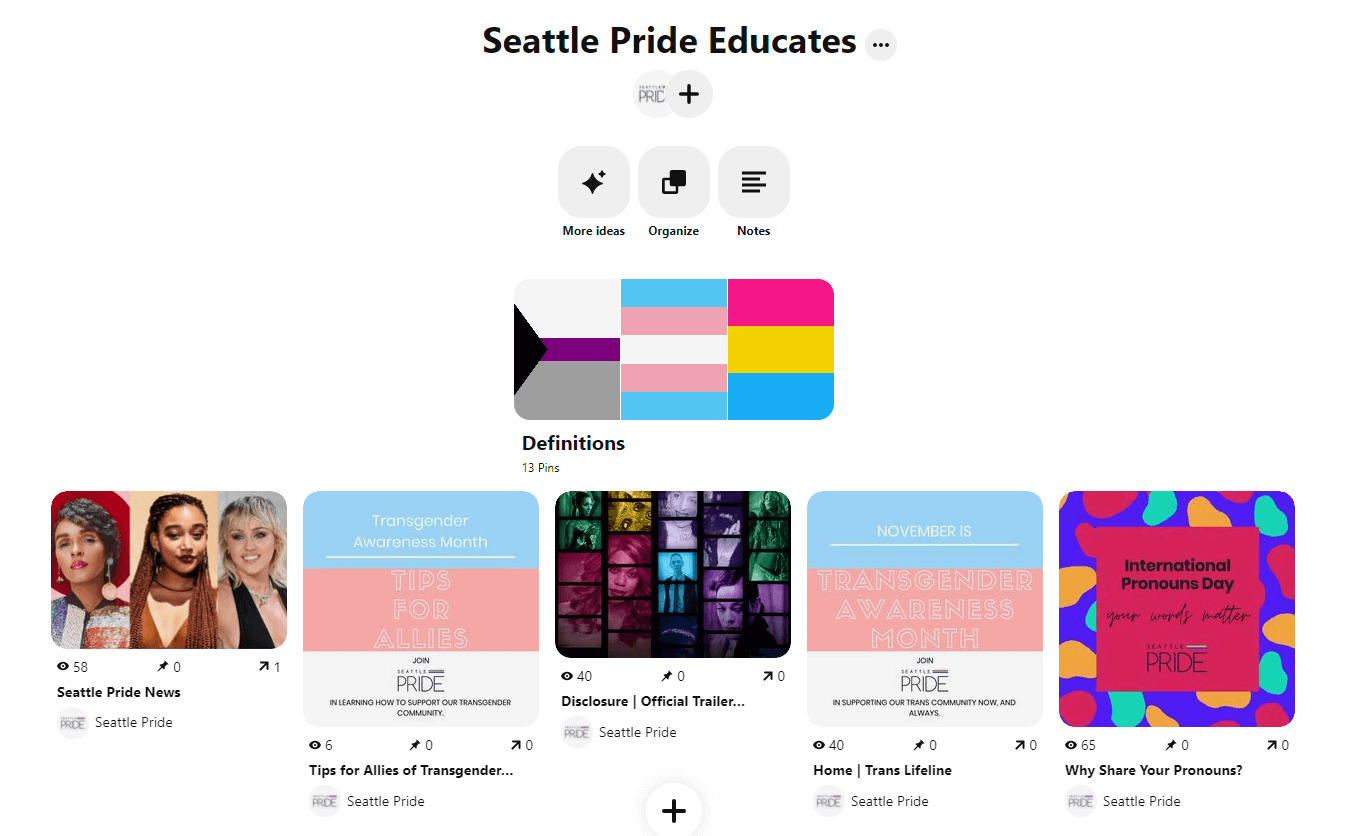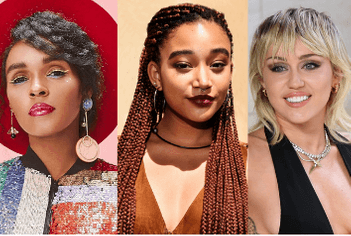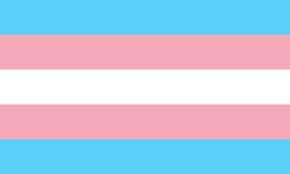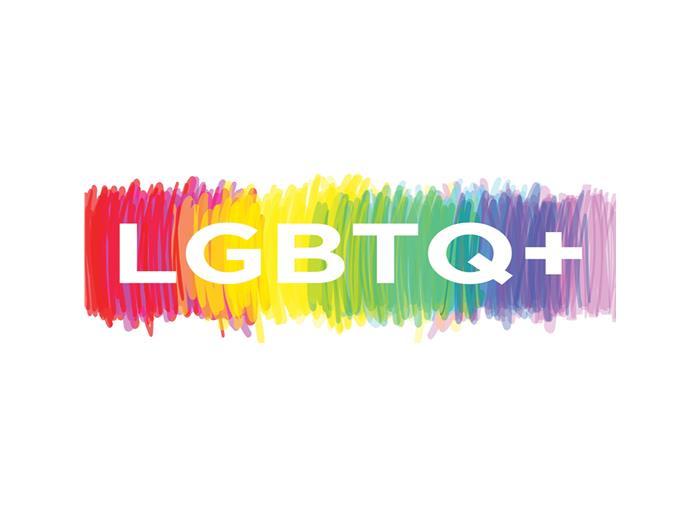
Using Inclusive Language
Jul 14, 2020 | Seattle Pride
Importance of Language
When we talk about the LGBTQIA+ movement and how long the fight for equality has been going on, a huge component of that is the understanding of the community and the language surrounding it. Often the LGBTQIA+ acronym is made fun of for being “so long” and we hear things like it being called “alphabet soup”. It’s vital to have some understanding of what the letters and their corresponding identities are and why there are so many identities.
For most of us, we learned that there were two words that cover everything having to do with gender and sexuality: man and woman. Everything else was implied. We thought that if someone is a man we would “know” their sex, gender or gender identity, orientation, gender expression, etc. What we actually know is it is far more complex than that.
If someone is a man, the only thing we actually know is their gender. We don’t know the biological makeup of their sex: a combination of anatomy, gonads, hormones, chromosomes, and more. We don’t know their gender expression: how they present themselves to the world - clothes, hair, and roles. And we don’t know their orientation: who they’re attracted to sexually, emotionally, and romantically.
Because the acceptance of the LGBTQIA+ community is still recent, the language used to understand our shared experience is still growing and evolving. Some of the acronyms you’ll see are LGBT, LGBTQ+, LGBTQIA+, LGBTQQIA2SP+, QTPOC, QTBIPOC, and QUILTBANG. The main five letters and identities you’ll see are L, G, B, T, and Q; Lesbian, Gay, Bisexual, Transgender, and Queer, respectively. Sometimes there’s a plus sign “+” at the end of the acronym as a placeholder for all the other identities that are in the community, such as Asexual, Agender, Intersex, Genderqueer, Non-binary, Pansexual, Questioning, and Two-Spirit (2S).
As our language evolves, we’re constantly looking for ways to be more inclusive and representative with our language; particularly for folks who have been pushed out or erased from the narrative.
Intersections of Race and LGBTQIA+ in Language
The Black, Brown, Indigenous, and Communities of Color (BIPOC) have been pushing for recognition, equality, and being centered since the beginning of the movement. The term QTBIPOC (Queer, Trans, Black, Indigenous, People of Color), developed as a way for folks to highlight the specific needs for BIPOC folks within the LGBTQIA+ community. QTBIPOC folks must navigate the effects of both racism and anti-LGBTQIA+ discrimination (see 'intersectionality').
Latinx is a similar development from the queer Latin American community’s desire to ungender their terms and to include non-binary folks in their own language and culture. Spanish is a gendered language and if you’re not a man or a woman, you don’t exist based on the language they have for you. Trying to understand one’s identity without having the language to do so makes navigating one’s experience nearly impossible. By replacing the gendered Latina and Latino with the gender-inclusive Latinx, folks can exist in their own language and community.
As we move forward, it’s important to use these terms to take back the whitewashed narrative about Stonewall, queer history, and the larger LGBTQIA+ community. Images of Stonewall often reflect white cisgender gay and lesbian people. But the Stonewall Rebellion started and was led by QTBIPOC and Latinx folks. Queer women, like Marsha P. Johnson, Sylvia Rivera, Miss Major Griffin-Gracy, were the leaders of the movement. Their leadership must be uplifted and remain at the front of the narrative.
Our Responsibilities
Language plays such an important role in the way we understand and respect each other. Using language that’s inclusive and welcoming is truly one of the easiest ways to show respect to all folks.
Pronouns: Introduce yourself with your name and #pronouns, practice using singular They, and mirror the language folks use about themselves/partners. Fun fact: Singular "they" (14th century) has been around longer than singular "you" (17th century)! 📜 #singularthey
- Introductions
Bill: “Hi I’m William, but you can call me Bill. My pronouns are he/him. How about you?”
Casey: “I’m Casey. I use they/them pronouns.”
- Singular ‘they’
Bill: “Hey Kelly. Casey said they can’t join for us lunch because they’re taking their kid to the doctor.”
Kelly: “Oh no! I'll go talk to them and see if they have time over the weekend to get together instead.”
- Mirror language
Kelly: “Bill said you’re not joining us! Let’s schedule a double date over the weekend so our partners can meet!”
Casey: “Thanks, Kelly, my wife would love to join!”
Kelly: “Great! I’ll invite Bill and his spouse and let him know that you and your wife will be joining.
Gender-inclusive nouns: expand your language to include women and non-binary folks.
| PRACTICE THIS | |||
| ✅ | Representative | ❌ | |
| ✅ | Firefighter | ❌ | |
| ✅ | Spouse, Partner | ❌ | |
| ✅ | They | ❌ | |
| ✅ | Folks, Y’all, Everyone | ❌ | |
Relationships: push back against the idea that everyone is straight (‘heterosexism’) or that everyone is cisgender (‘cissexism’).
- Heterosexism
If you want to know if your new coworker, Jim, is bringing anyone to the holiday party you can ask him if he’s bringing his spouse, partner, significant other, a plus one, or anyone with him. Avoid asking him if he’s bringing his “wife” or “girlfriend”.
If he’s gay, you’re unknowingly asking him to:
A. disclose he’s gay;
B. lie to you and pretend his husband is his wife;
C. figure out how to change the topic so he doesn’t have to disclose or lie to you.
- Cissexism
If you’re looking for ice breakers with your new students, ask them to bring in pictures of a time they were proud of themselves, a fond memory, embarrassing moment, etc. Avoid having them bring in young pictures of themselves.
If folks are transgender or nonbinary, you’re unknowingly asking them to:
A. disclose they’re trans or non-binary;
B. relive potentially traumatic times in their youth;
C. figure out how to use a picture that fulfills your requirements without having to disclose or lie to you.
TL;DR
It’s easy to feel overwhelmed with how many things there are to learn about the #LGBTQIA+ community’s language and identities. Fortunately, we believe in TL;DRs here.
TL;DR: Use gender-inclusive language and mirror the language people use for themselves. It’s not our job to be perfect; it’s our job to try.

